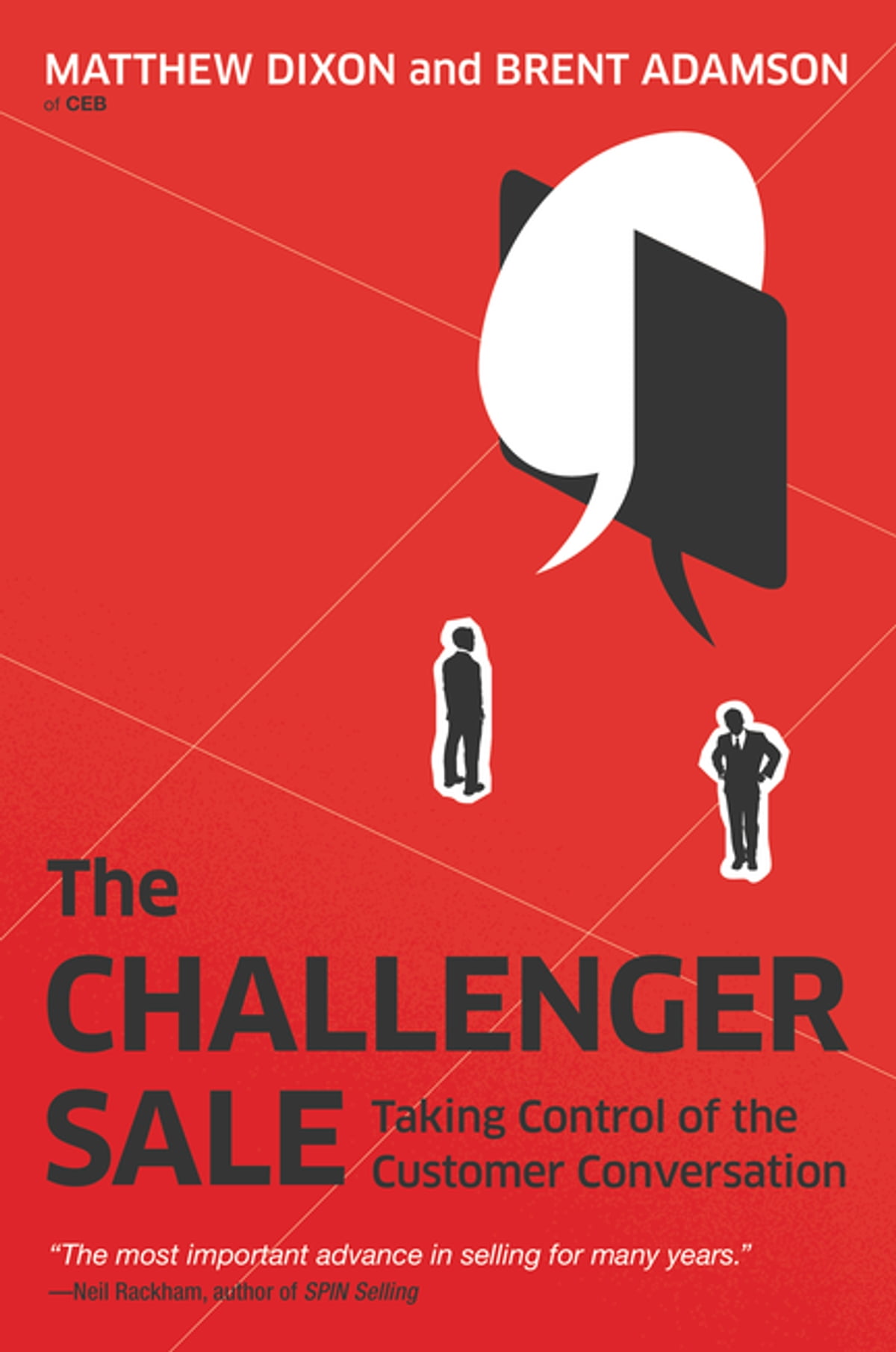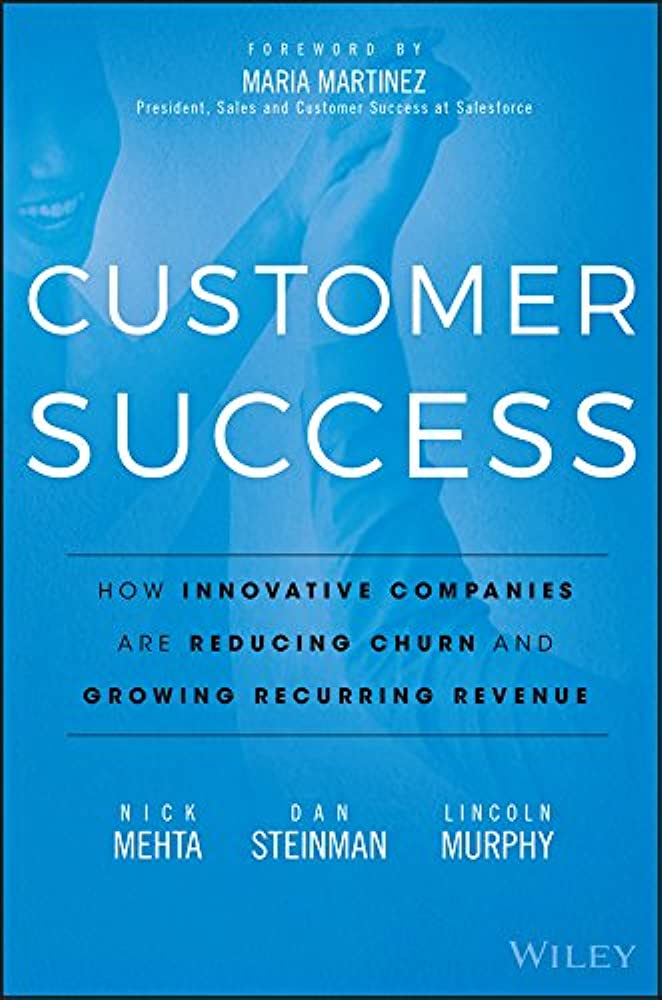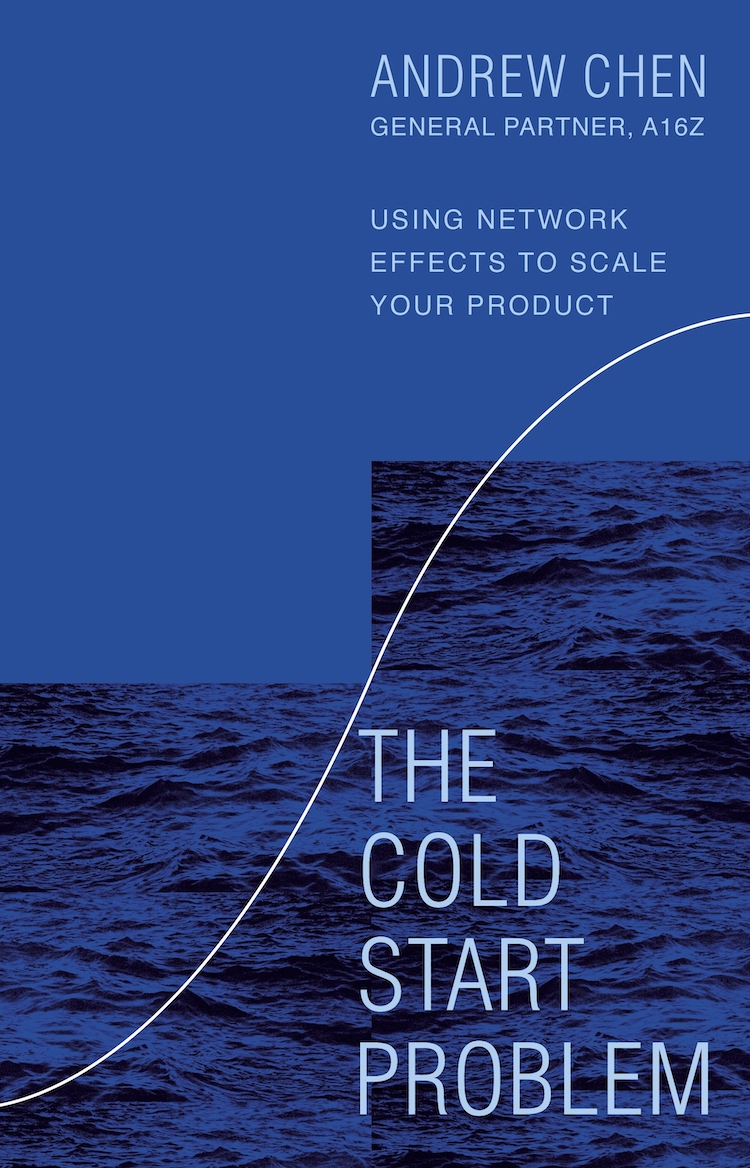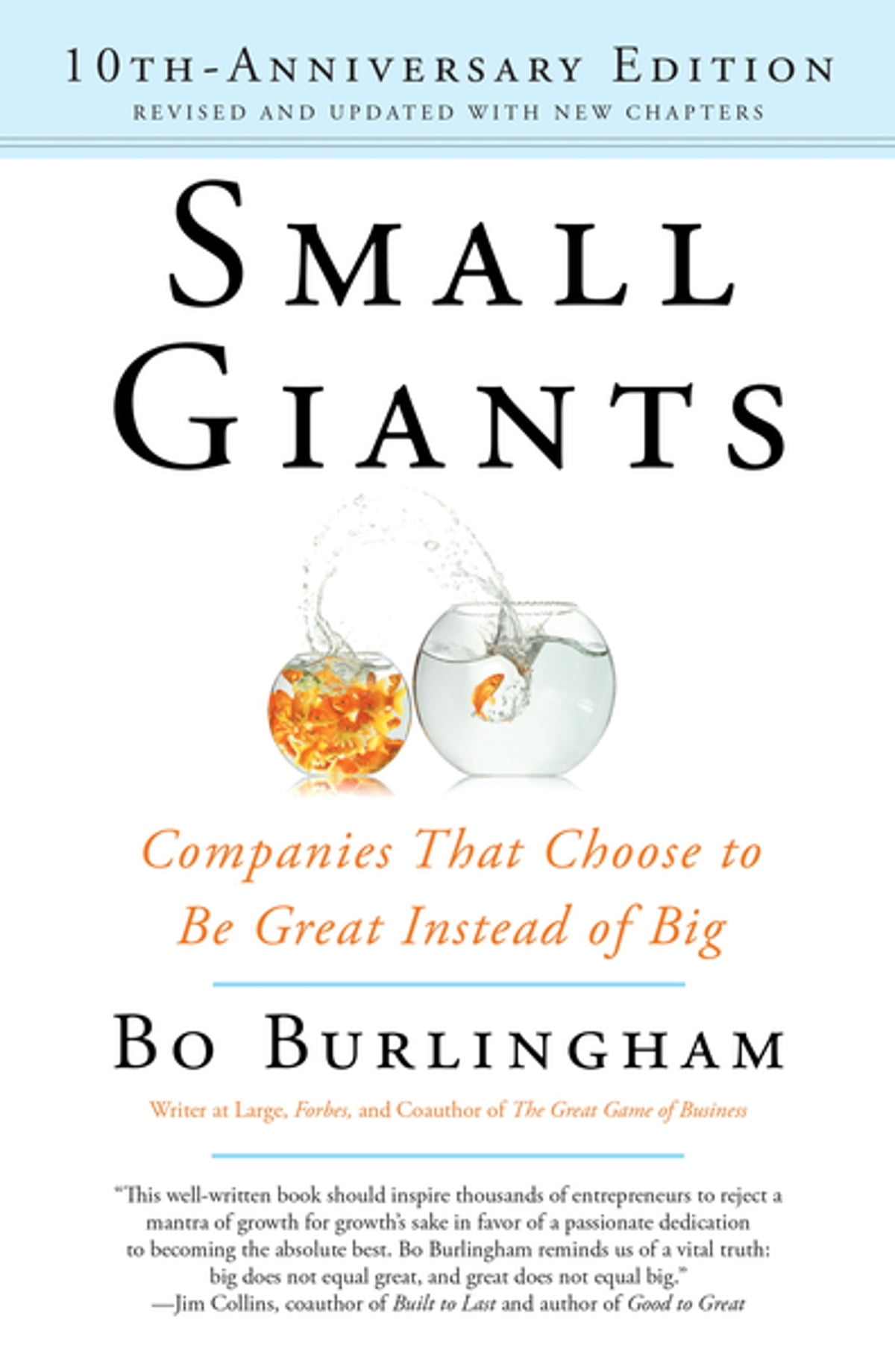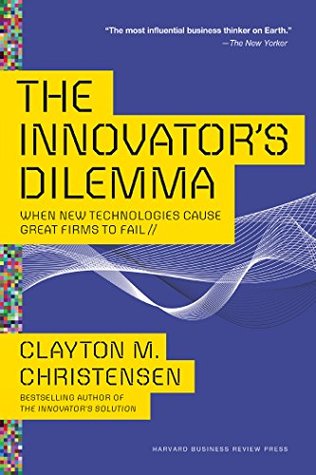No Rules Rules
by Erin Meyer & Reid Hastings
- Business
- Ashto =
- Jonesy =
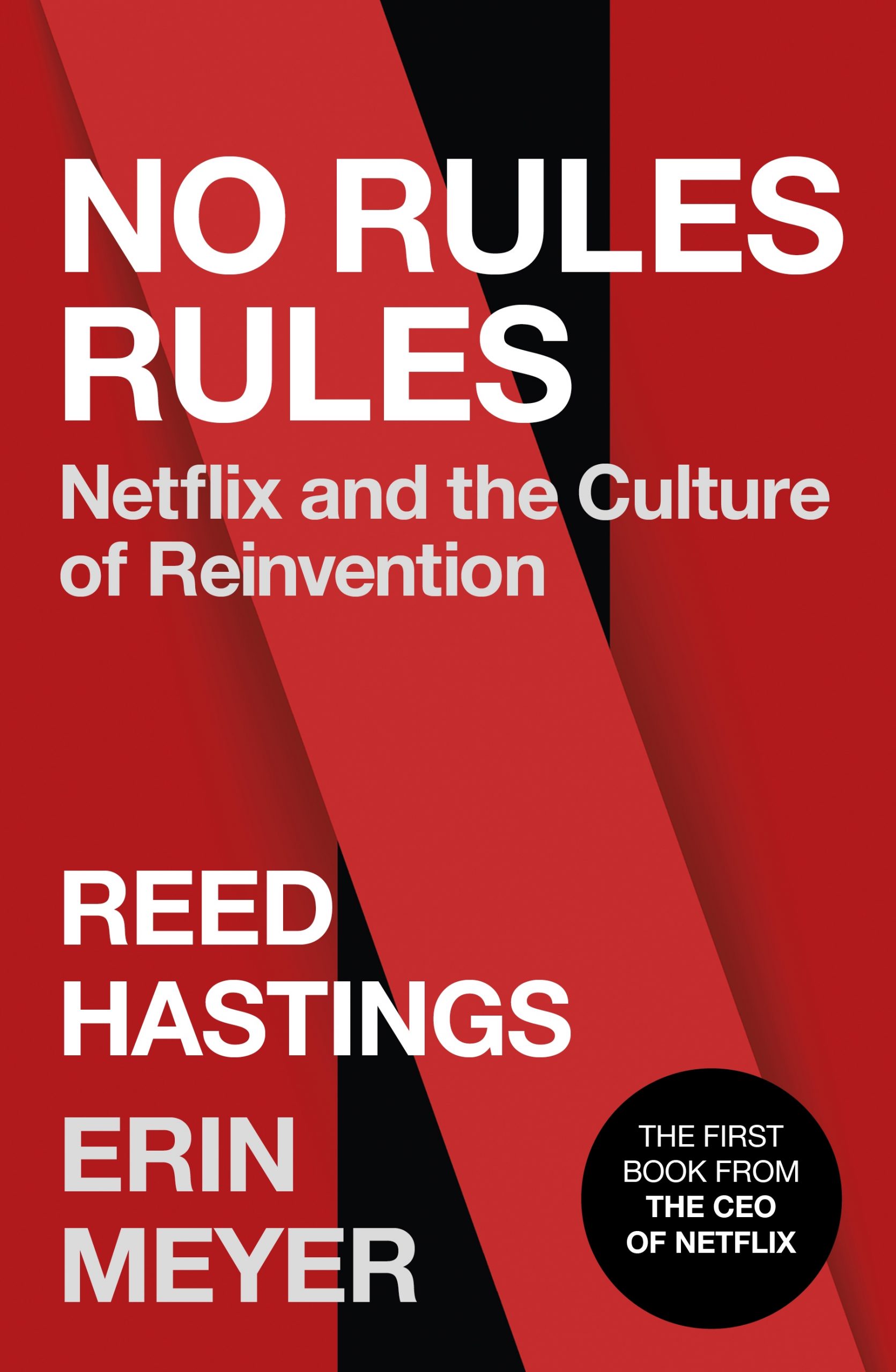
No Rules Rules in Netflix
Tapping into Netflix’s work culture, No Rules Rules explains the philosophy behind one of the world’s most successful companies. No Rules Rules is an overview of how Netflix co-founder and CEO Reed Hastings built a culture that focused on freedom and responsibility.
Introduction
In early 2000, Netflix tried to sell themselves to Blockbuster, a company that was 1,000 times their size.
Their 2-year-old startup, which lets people order DVDs on a website and receive them through the US postal service, only had 100 employees and 300,000 subscribers and was off to a rocky start. That year alone, the losses were 57 million, but they were eager to make a deal. They sat around the table and heard the offer of 50 million from Blockbuster. Hastings rejected it.
In 2002—two years after the meeting—Reed took the company public. By 2010, Blockbuster declared bankruptcy and by 2019, only a single store remained. On the other hand, 2019 was a significant year for Netflix. Their film Roma had won three Oscars. They had pivoted from the DVD rental business, to become an internet streaming service with 167 million subscribers in 190 countries.
How did this happen?
Why could Netflix repeatedly adapt, and Blockbuster couldn’t? The latter had the brand, the power, the resources, and the vision. However, Netflix had one thing they did not—a culture that valued people over process, emphasised innovation over efficiency, and had very few controls.
Talent Density
In the Spring of 2001 a crisis struck. Netflix had to lay off a third of the workforce. Those who were exceptionally creative did great work, and collaborated well with others went immediately into the keeper’s pile. The difficulty was that there were many borderline cases. Some were great colleagues and friends but were adequate at work, while others worked like crazy but needed hand-holding.
Within a few weeks—for a reason Hastings couldn’t understand at the time—the atmosphere improved dramatically. They were in cost-cutting mode, just letting a third of the workforce go, yet the Netflix office was suddenly buzzing with passion, energy, and ideas.
The office felt like it was filled with people who were madly in love with their work. In the days and months following, Hastings found something that completely changed the way that he understands both employee motivation and leadership responsibility. What happened was the company dramatically increased their ‘talent density’: talented people encourage one another to work effectively.
Performance is contagious
Professor Will Felps of the University of NSW in Australia conducted a fascinating study demonstrating contagious behaviour in the work environment. He created several teams of four college students and asked each team to complete a management task in 45 mins. The team who did best would get a financial reward of $100.
Unbeknownst to the students, some teams had an actor who played several roles. A ‘slacker’ who would disengage, put his feet up on the table, and send text messages. A ‘jerk’ would say sarcastic things like: ‘Are you kidding me? Clearly, you’ve never taken a business class before!’ A ‘depressive pessimist’ that looked like his cat just died, complaining that the task was impossible and expressing doubt.
He first found that when other teams are exceptionally talented, one individual’s bad behaviour brought down the effectiveness of the entire team. In dozens of trials over months, they found that one underperformer did worse than other teams by a whopping 30-40 %. When the actor was slacking, others lost interest in the project. When the actor was a jerk, others would act like jerks.
Felps demonstrated what Reed had learned in 2001. If you have a group with a few merely adequate performers, that performance is likely to spread, bringing down the performance of the organisation. The next thing Netflix did once they’ve got the top talent is pay top dollar to keep those people around.
Candour
Openly voicing opinions and feedback (instead of whispering behind one another’s backs) reduces office politics and allows the company to grow better. The more people hear what they can do better, the better everyone gets at their jobs, and the better you can perform as a company.
Reed modelled this behaviour as best he could and when someone asked him to complain about another employee, which is pretty radical. In most situations—both social and professional—people who consistently express their opinions get isolated or even banished. At Netflix, these people are embraced. Netflix worked hard to get people to give each other constructive feedback—up, down, and across the organisation on a continual basis
At Netflix, you’re being disloyal to the company if you fail to speak up when you disagree with a colleague or have feedback that could be helpful. After all, you could help the business but are choosing not to.
The Feedback Loop: Cultivating a Culture of Candour
In 2003, the people of Garden Grove in California were struggling with a problem. Accidents involving cars and pedestrians were alarmingly frequent on streets with elementary and primary schools around. Authorities put up speed limit signs in order to get drivers to slow down, and police doled out tickets to violators. But accident rates barely budged.
City engineers tried another approach. They put up dynamic speed displays. In other words, they gave drivers instant feedback on exactly how fast they were going. The radar sensor would display ‘Your Speed’ on the sign next to the speed limit sign, so drivers got deal-time data on their speed and a reminder of how fast they should be going. Experts were doubtful it would help or make any difference. How would displaying the same data on a sign that people can already see on their dashboard make any difference?
But they quickly found that drivers slowed down by an average of 14% when they saw their speed displayed on the sign. At three schools, the average speed was now below the posted speed limit, not at or above the limit. For something as low cost as giving people feedback, a 14% reduction is huge. The feedback loop is one of the most effective tools for improving performance. We learn faster and accomplish more when we make giving and receiving feedback a significant part of how we work with others. Feedback helps avoid misunderstandings, creates a climate of co-accountability, and reduces the need for hierarchy and rules.
Control
Control versus context
Many leaders frequently use control processes to give employees some freedom to approach the task as they choose while still allowing the boss an opportunity to control what gets done and when.
The boss monitors the progress at regular intervals, judging the individual’s final performance based on whether they achieve the predetermined goals on time and within budget. The boss might also seek to control the quality of their employees’ work by implementing error reduction processes. For example, checking work before it goes to the client, or approving purchases before they’re placed. These are the processes that allow some freedom while still exerting a good deal of control.
On the other hand, leading with context is more difficult even though it gives more freedom to employees. You provide all information you can so that your team members make great decisions and accomplish their work without too much control over their actions. The benefit is that the person builds the decision making muscle to make better independent decisions in the future.
Example
Imagine that you’re the parent of a 16-year-old boy. Lately, he’s been going to parties with older friends on Saturday nights. You’ve told him you don’t want him to drink and drive, or get in the car with anyone who has done that. There are other ways you can approach this problem:
- You decide which parties your son can go to, and monitor his actions whilst at the party. If he wants to go out on Saturday night there is a process. He has to explain what he’s doing. Then you speak to the parent whose house the party will be held at and so forth. You’re gathering information to decide if he can go.
- You set the context so you and your son are aligned. You talk about why teenagers drink and the dangers associated with drunk driving. In the kitchen of your house, you pour different types of alcohol into glasses and discuss how much of each you’d need to become tipsy, drunk, or blacked out. Once he understands, you let him go to whatever parties he likes without any process or oversight of his actions.
The choice you make will most likely depend on your son. If he’s shown poor judgment in the past and you don’t trust them, you choose to parent with control. But if you know him to be sensible and dependable, you can set the context and count on him to behave safely. In doing so, you prepare him to make not just good decisions on Saturday, but also responsible decisions in a myriad of peer-influenced situations he’ll face in the coming years.
Alignment is a tree, not a pyramid
Decision making at Netflix is structured like a pyramid. The pyramid decision making is recognisable for most organisations. Either the boss makes the decision and pushes it down the pyramid for implementation, or those at lower levels make the smaller decisions but refer the bigger issues to the higher-ups.
But at Netflix, the informed captain is the decision-maker, not the boss. The boss’s job is to set the context that leads the team to make the best decisions for the organisation. If we follow this leadership system from the CEO all the way to the informed captain, we see that it works not like a pyramid but a tree. The CEO sits all the way at the roots. The informed captain sits up at the top of the branches, making decisions.
Conclusion of No Rules Rules
No Rules Rules illustrates the advantages of implementing a culture of freedom and responsibility; choosing speed and flexibility; or offering more freedom to your employees.
With the growth in importance of intellectual property and creative services, the percentage of the economy that is dependent on nurturing inventiveness and innovation is much higher and continually increasing. In today’s information age, the objective is no longer error prevention and replicability. What’s needed is speed, creativity, and agility. In the industrial era, the goal was to minimise variation. But in creative companies today, maximising variation is more essential.
In these situations, the biggest risk isn’t making a mistake or losing consistency. It is failing to attract top talent, invent new products, or change direction quickly when the environment shifts. Consistent or repeatable rules are more likely to squash fresh thinking than to bring your company profit. A lot of little mistakes, while sometimes painful, help the organisation learn quickly and are a critical part of the innovation cycle.




